It’s a tale as old as time, my friends – the struggle to find the ideal temperature setting for your wine fridge.
You may think it’s a simple task, but the shocking truth is that a whopping 90% of wine enthusiasts fail at achieving the perfect temperature for their beloved bottles.
The result? A culinary catastrophe that leaves the flavors muted, the aromas dull, and the wine-drinking experience completely underwhelming.
But fear not, my fellow wine enthusiasts, for I am here to unveil the secrets to mastering the art of wine fridge temperatures, avoiding temperature fluctuations, and rescuing your wines from the depths of tastelessness.
Table of Contents
Unveiling the Culinary Catastrophe: The Struggle with Wine Fridge Temps
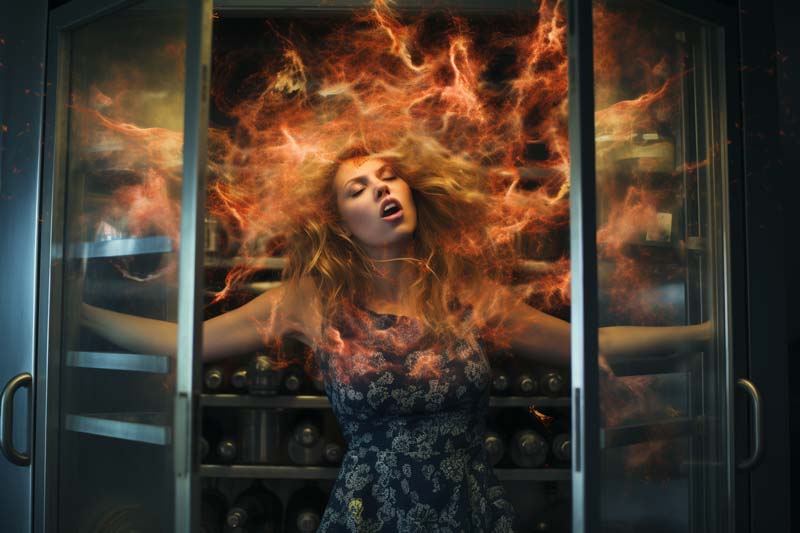
Let’s start by addressing the heart of the issue – the battle of too hot versus too cold.
Many wine lovers, in their eagerness to chill their wines, fall into the trap of serving them at temperatures that are far too cold.
On the other hand, some wine aficionados make the grave mistake of storing their wines at temperatures that are too warm, causing the flavors to run amok and resulting in a less than pleasant drinking experience.
So how do we strike the perfect balance? How do we ensure that our wines are stored and served at the ideal temperature for optimal enjoyment?
The Battle of Too Hot vs. Too Cold
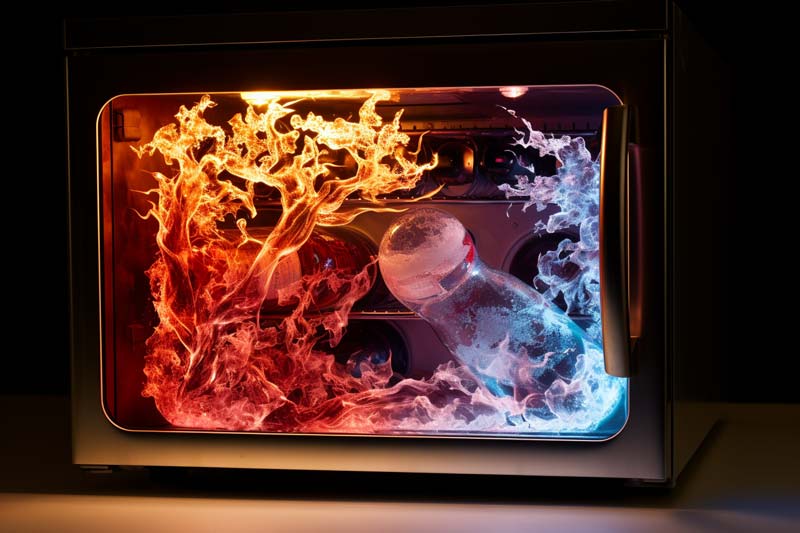
The battle between too hot and too cold is a fierce one, my friends.
When wine is served too cold, the flavors become muted, and the aromas remain locked away, leaving you with a lackluster experience.
It’s like trying to appreciate a beautiful symphony when the sound is turned down to a whisper – you miss out on all the harmonious intricacies that make the music come alive.
On the other hand, when wine is served too warm, the flavors can become overpowering, creating a harsh and unbalanced taste.
Imagine biting into a piping hot pizza straight out of the oven – the flavors are all there, but they’re so intense that you can’t fully appreciate them.
To avoid these pitfalls, we must find the sweet spot, the Goldilocks zone where the wine is just right.
Flavor Devastation: How Incorrect Temperatures Ruin the Experience
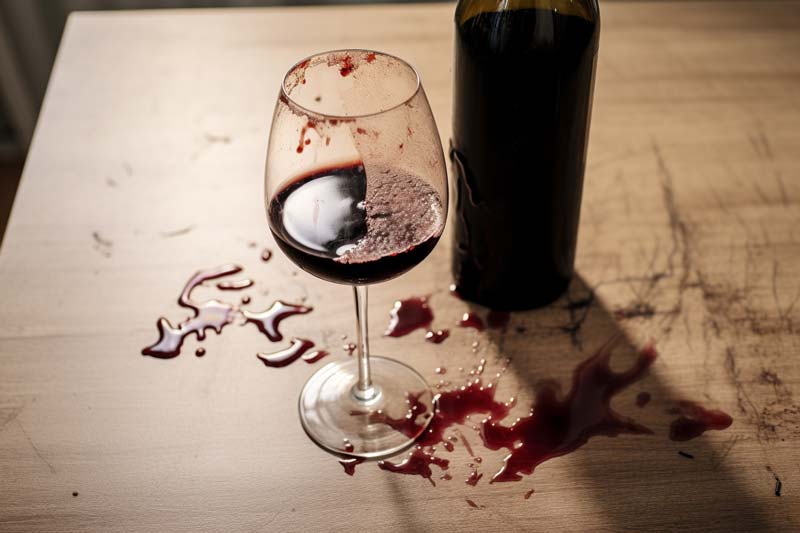
Now, let’s delve into the devastating consequences of incorrect temperature on the flavors and aromas of wine.
When wine is served too cold, the delicate nuances are hidden, and the complexity is lost.
The flavors may seem muted, and the aromas subdued, leaving you with a one-dimensional and lackluster drinking experience.
On the other hand, when wine is served too warm, the flavors can become exaggerated, overpowering your taste buds and drowning out the subtle nuances that make each wine unique.
You may find yourself taking a sip and recoiling in horror as the flavors clash and overpower your palate.
The sad truth is that many wine enthusiasts are unknowingly subjecting their precious bottles to these flavor devastations, robbing themselves of the true essence and pleasure that each wine has to offer.
Culprit in Disguise: Misunderstanding the Impact of Temperature on Wine
Why, oh why, do so many people struggle with getting the temperature right for their wine?
The answer lies in a fundamental misunderstanding of the impact of temperature on wine.
You see, my dear wine enthusiasts, temperature is not just a number on a dial; it’s a critical element that can make or break the drinking experience.
Each wine has its own ideal temperature range that allows its flavors and aromas to shine, and it’s our duty to uncover these secrets and create the perfect conditions for each bottle.
Now, let’s lift the veil of confusion and dive into the art of wine fridge mastery, where we unlock the secrets to ideal wine storage temperatures and put an end to this culinary catastrophe.
The Art of Fridge Mastery: Unlocking the Secrets to Ideal Wine Storage
To master the art of wine cooler temperature, we must go beyond the surface level and understand the intricacies of each wine type.
Whether it’s reds, whites, or bubbles, each has its own set of ideal temperatures that allow the flavors to harmonize and reveal their true potential.
Mastering the Ideal Temperatures for Reds, Whites, and Bubbles
Let’s start with the classic red wines.
For most reds, the ideal temperature to degrees is between 60°F and 65°F (15°C to 18°C).
At this temperature range, the tannins soften, the fruit flavors become more prominent, and the wine has a fuller body and longer finish.
Moving on to whites, they generally prefer cooler temperatures.
Crisp, light whites are best served between 45°F and 50°F (7°C to 10°C).
Fuller-bodied whites can be served slightly warmer, between 50°F and 55°F (10°C to 13°C), allowing their flavors to fully express themselves.
And what about those delightful bubbles?
Sparkling wines, like Champagne or Prosecco, enjoy a cooler temperature range of 40°F to 45°F (4°C to 7°C).
This temperature ensures that the bubbles remain lively and refreshing, and the flavors dance gracefully on your palate.
By understanding these ideal temperature ranges, you can tailor the conditions in your wine fridge to create the perfect environment for each wine type, allowing them to reach their full potential.
The Golden Rule: Patience Is Key to Unlocking Flavor Profiles
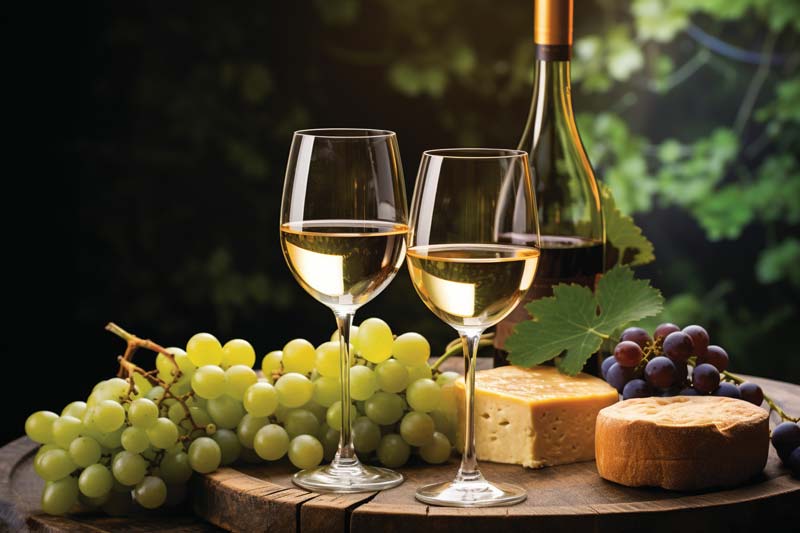
Now, let me impart a golden rule that can take your wine fridge mastery to the next level – patience.
Yes, my friends, patience is the key to unlocking the full flavor profiles of your wines.
When you retrieve a bottle from the wine fridge, give it some time to adjust to the ideal serving temperature.
Let it sit on the counter for a few minutes, allowing it to warm up or cool down, depending on its specific temperature needs.
This brief period of patience can make all the difference, allowing the flavors to harmonize and the aromas to blossom.
Remember, Rome wasn’t built in a day, and the perfect wine-drinking experience requires a little patience and finesse.
Unmasking the Great Terroir Debate: Temperature’s Influence on Wine Aging
Ah, the great terroir debate – the influence of temperature on wine aging.
Temperature plays a crucial role in this delicate process, allowing the wine to evolve and develop its complexities over time.
For wines that are meant to age, a stable temperature is paramount.
Ideally, the wine should be stored at around 55°F (13°C) to ensure a slow and steady maturation process.
The temperature stability helps to preserve the wine’s delicate balance, preventing premature aging or deterioration of flavors.
Aging Gracefully: The Dance of Flavors and Time
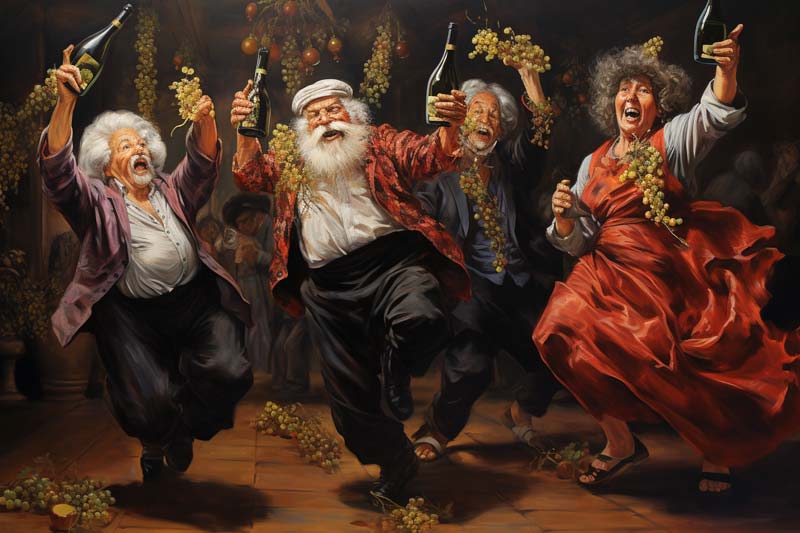
As the wine ages, its flavors and aromas meld together, creating a symphony of taste that can only be achieved through time and patience.
The tannins soften, the fruit flavors become more integrated, and the wine develops that sought-after complexity that can only come with age.
By maintaining the ideal temperature for aging wines, you can ensure that each bottle reaches its full potential, allowing you to savor the beauty that time bestows upon them.
Revealing the Hidden Gems: Chill, Decant, and Let Your Wine Shine
Now, my dear wine enthusiasts, let’s uncover two hidden gems that can enhance your wine-drinking experience – chilling and decanting.
Chilling certain red wines, like Beaujolais or Pinot Noir, for a short period before serving can bring out their vibrant fruit flavors and make them sing on your palate.
Decanting, on the other hand, allows the wine to breathe, softening harsh tannins and integrating the flavors.
By incorporating these techniques into your wine rituals, you can elevate your tasting experience and truly let your wines shine.
As we unravel the secrets to ideal wine storage temperatures, we mustn’t forget the hidden enemy that lurks within our wine fridges – temperature fluctuations.
Avoiding the Fluctuation Trap: Keeping Your Wine Stable and Happy
Temperature fluctuations can wreak havoc on your wines, compromising their flavors and aging potential.
To avoid this trap, make sure your wine fridge maintains a stable temperature within the ideal range for each wine type.
Avoid frequent door openings, and keep the surrounding environment as consistent as possible.
By maintaining stability, you create a happy and harmonious environment for your wines, ensuring that each bottle receives the care it deserves.
As we bid adieu to our foray into the ideal temperature setting for wine fridges, I hope you now possess the knowledge and confidence to rescue your precious bottles from the depths of flavor devastation.
Remember, my dear oenophiles, the joy of wine lies not only in the taste but also in the attention and care we give to its storage and preparation.
Cheers to the art of temperature mastery and the wonderful flavors that await in each glass!